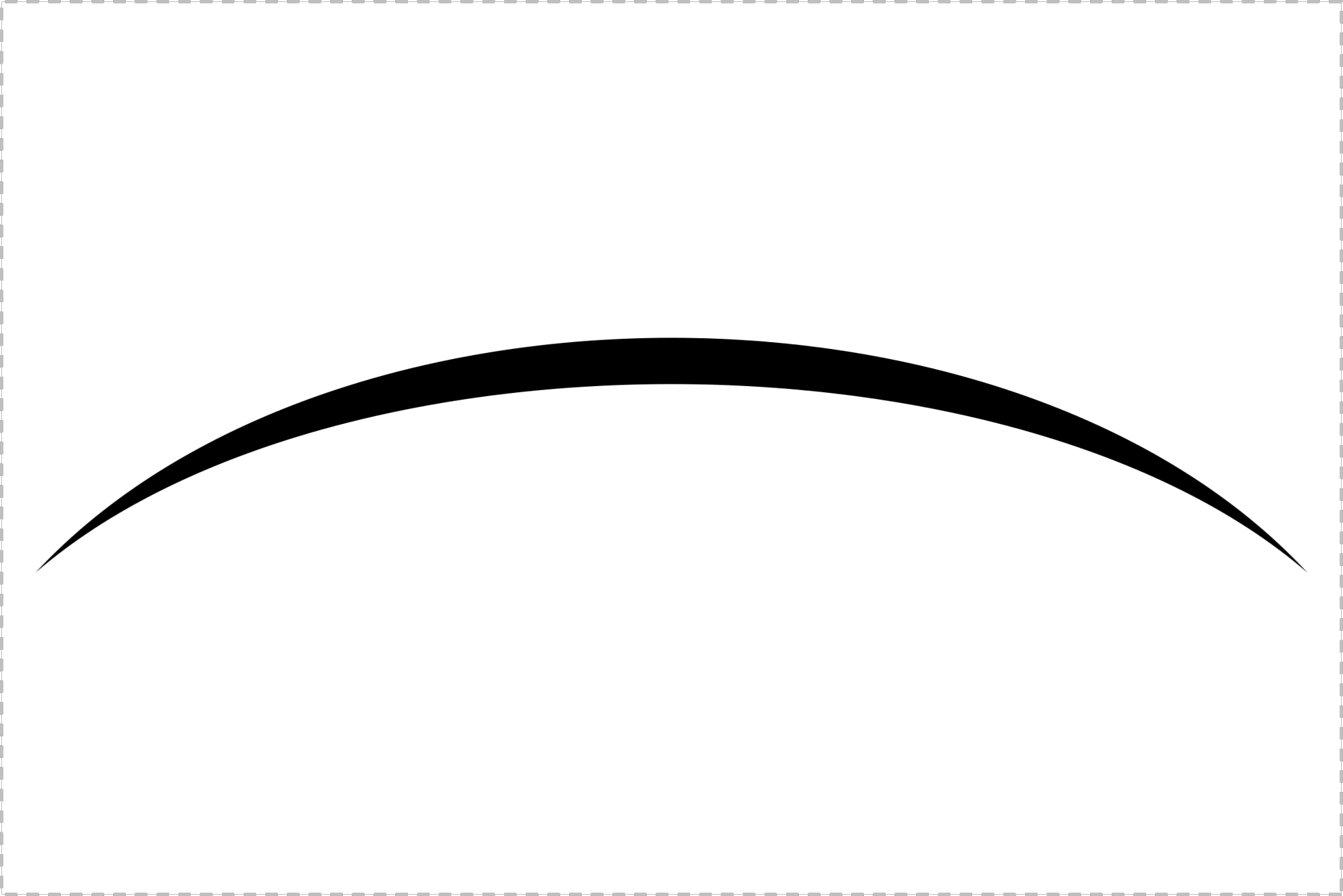What are STACCATO and LEGATO?

Like this?
Log in to share your opinion with ClassNotes and add it to your favorites.
Register for Free
Please Log In
Reset Password
Age Range: Elementary, Grades K-6
Learning Objective: Students will be able to explain staccato and legato articulations. Students will respond to pieces of music featuring staccato and legato.
Total Listening Time: 8:56
Total Lesson Time: Approximately 25 minutes
Note to Teachers: Determine if it’s better for students to learn about both concepts in one day or if it’s better to split into two lessons (one for staccato, one for legato). Continue reviewing the concept throughout the school year.
INTRODUCE staccato and legato
Here is sample language to introduce the fundamental concept of articulation, beginning with staccato/legato. Modify as necessary.
Music is full of opposites: high and low, loud and soft. (Use your voice to reinforce each concept. Say “high” in a high voice, etc.) Did you ever notice that sometimes music can sound smooth, and sometimes it sounds bumpy?
Here are some smooth, connected sounds. (Demonstrate by playing a few connected notes on a piano, keyboard, classroom instrument, or by using your voice. Examples should be short.) If I add some space or separation between each note, it sounds bumpy. (Play same phrase with staccato articulation. Repeat a few times.)
Musicians call smooth connected sounds legato (leh-GAH-toe). When they see a smooth line like this (hold up legato cue card) connecting the notes in their music, they know to sing or play legato.

When I hold up the legato card, practice saying legato with me. (Do this a few times.)
Musicians call those bumpy, bouncy sounds staccato (stah-KAH-toe.) When they see dots like these (flash staccato cue card) under or over notes, they know to play or sing staccato.

Let’s add try making a smooth motion when we see the legato card, and a short, bumpy motion when we see the staccato card. (Demonstrate a legato motion by using a hand or a few fingers to paint broad strokes in the air. Demonstrate a staccato motion by using a few fingers to “hop” up and down your forearm.)
Note to teachers: Extend this activity by using large-motor movements, like pretend ice-skating for legato and whole-body hopping for staccato. Add in a “freeze” if necessary to encourage regulated movement. Adjust as necessary to include all learners.
EXPLORE making staccato and legato
We can sing staccato and legato. Let’s practice singing staccato. (Select a simple, familiar classroom song and lead the class singing it with short, chopped words.) Now let’s try the same song, legato this time. (Repeat, singing legato. Exaggerate the differences to reinforce comprehension.)
Using the legato and staccato cue cards, prompt students to play body percussion, found objects, or classroom instruments. For percussion-related instruments, legato might seem tricky at first. Encourage students to get creative. Legato on a hand drum might mean dragging a finger across the head of the drum. Legato using rhythm sticks might mean rubbing one stick down the length of the other.
LISTEN to staccato and legato
Choose one or more of the following activities to extend learning.
Listen to these two pieces of music from Carnival of the Animals and ask students to figure out which is staccato and which is legato. (Hint: Kangaroos are staccato, Swan is legato.) If you have time, listen again and move around the room like those animals.
Carnival of the Animals VI. Kangaroos - Camille Saint-Saens
I Musici de Montreal; Yuli Turovsky, conductor
00:000listen[0]Carnival of the Animals XIII. The Swan
I Musici de Montreal; Yuli Turovsky, conductor
00:000listen[0]Show students the notation of legato and staccato using the pictures below. Play a game of “I Spy” using Prelude No. 2 by Ruth Crawford Seeger. The video shows the music, so students can look for the legato arc and the staccato dots.

Listen to this music, by Antonio Vivaldi. Do you notice that one musician is playing a smooth, legato melody, while the others are playing a staccato accompaniment underneath? (For older students, have half the class move to the staccato part and half move to the legato part.)

YourClassical is a public media organization and your support makes it possible.

This activity is made possible in part by the Minnesota Legacy Amendment’s Arts & Cultural Heritage Fund.









